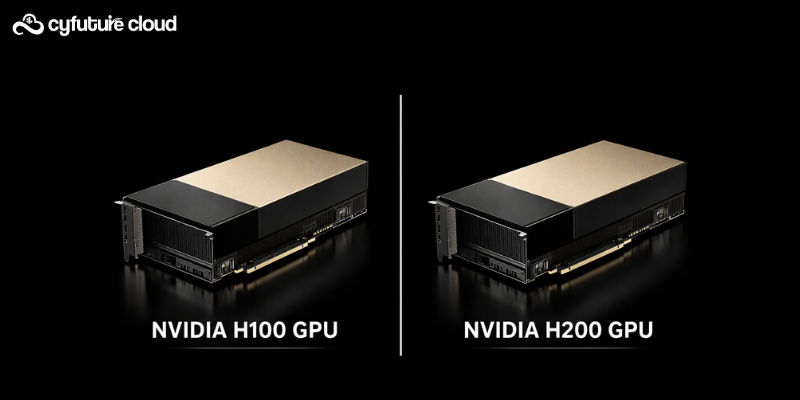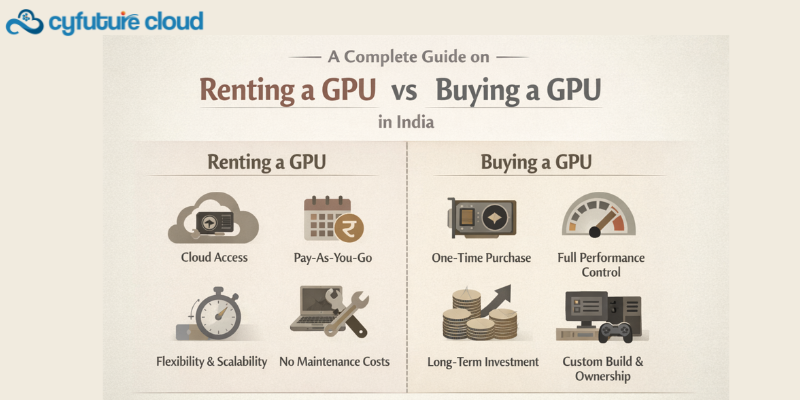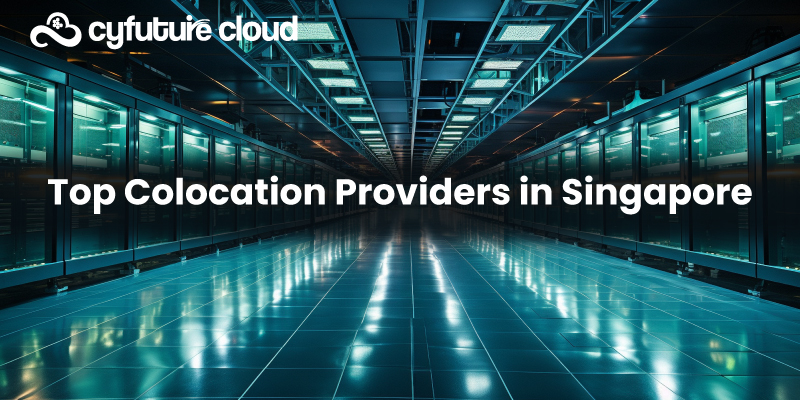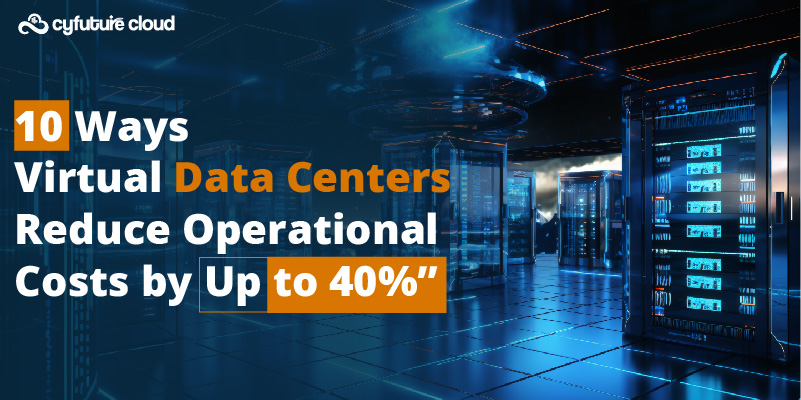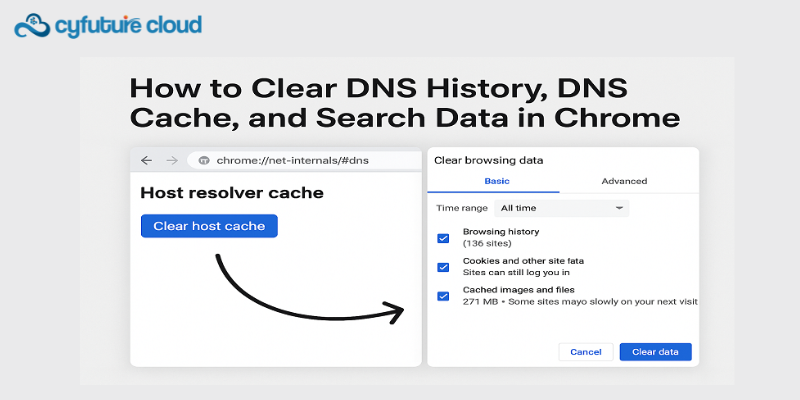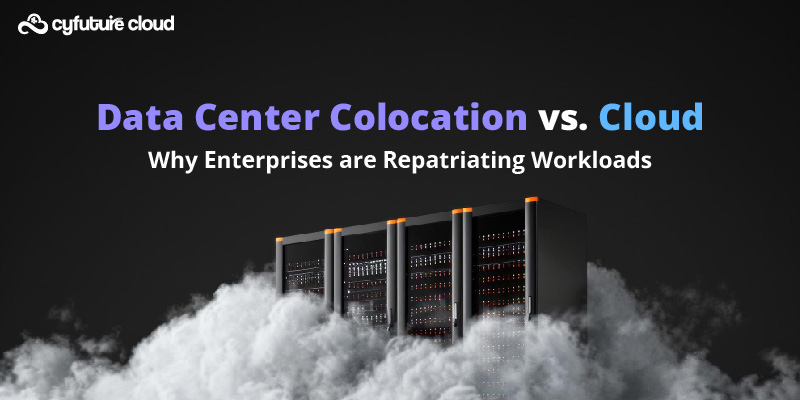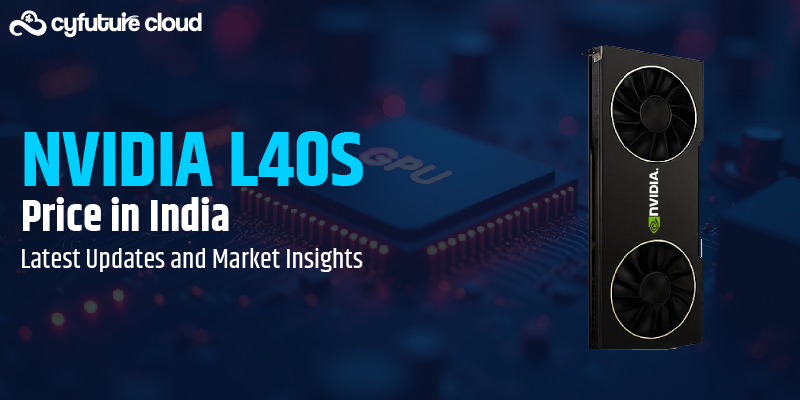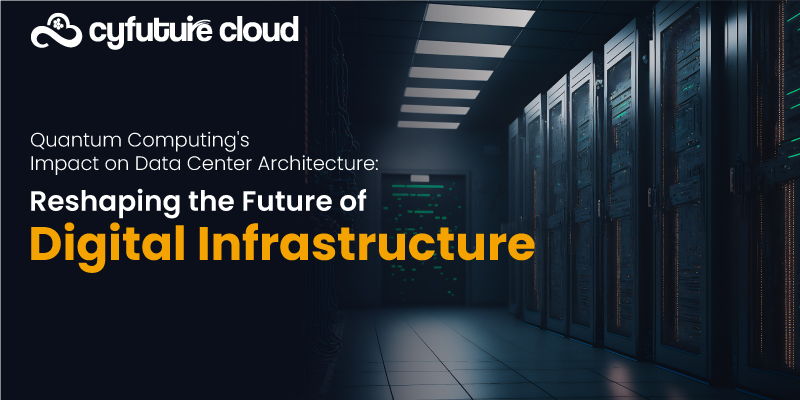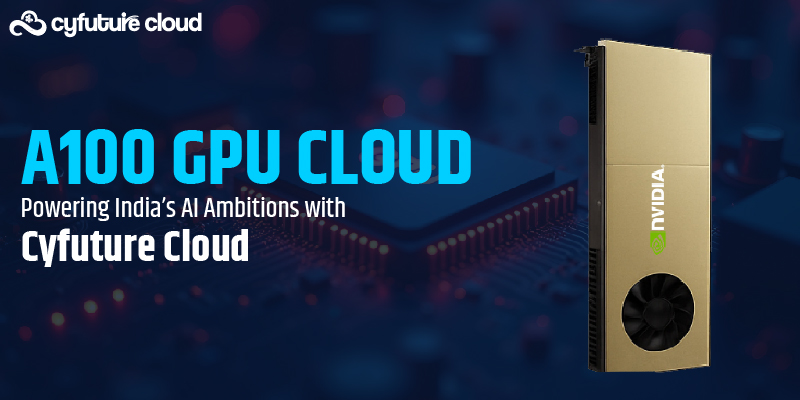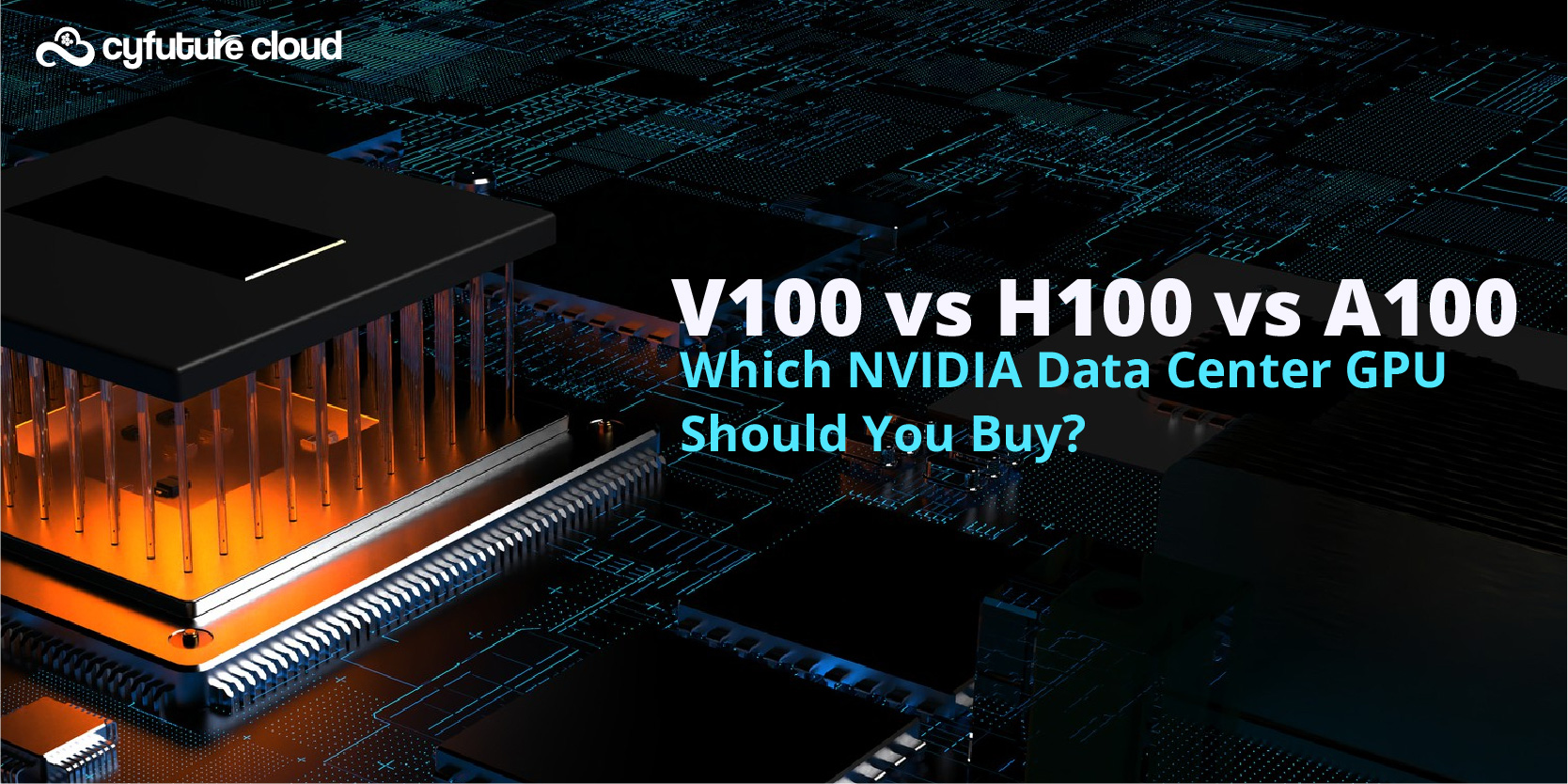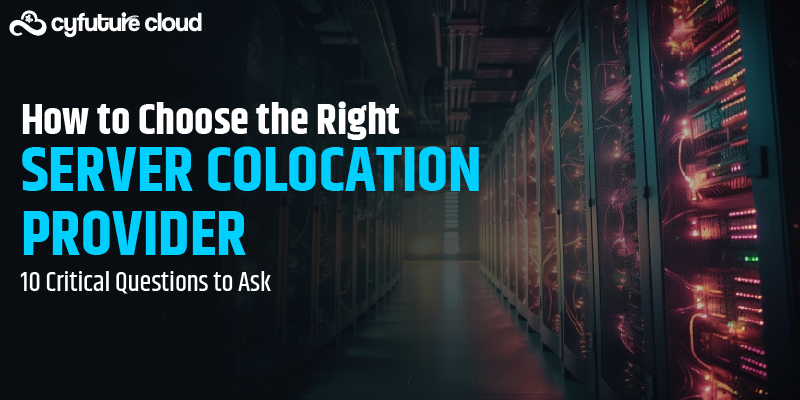Get 69% Off on Cloud Hosting : Claim Your Offer Now!
- Products
-
Compute
Compute
- Predefined TemplatesChoose from a library of predefined templates to deploy virtual machines!
- Custom TemplatesUse Cyfuture Cloud custom templates to create new VMs in a cloud computing environment
- Spot Machines/ Machines on Flex ModelAffordable compute instances suitable for batch jobs and fault-tolerant workloads.
- Shielded ComputingProtect enterprise workloads from threats like remote attacks, privilege escalation, and malicious insiders with Shielded Computing
- GPU CloudGet access to graphics processing units (GPUs) through a Cyfuture cloud infrastructure
- vAppsHost applications and services, or create a test or development environment with Cyfuture Cloud vApps, powered by VMware
- Serverless ComputingNo need to worry about provisioning or managing servers, switch to Serverless Computing with Cyfuture Cloud
- HPCHigh-Performance Computing
- BaremetalBare metal refers to a type of cloud computing service that provides access to dedicated physical servers, rather than virtualized servers.
-
Storage
Storage
- Standard StorageGet access to low-latency access to data and a high level of reliability with Cyfuture Cloud standard storage service
- Nearline StorageStore data at a lower cost without compromising on the level of availability with Nearline
- Coldline StorageStore infrequently used data at low cost with Cyfuture Cloud coldline storage
- Archival StorageStore data in a long-term, durable manner with Cyfuture Cloud archival storage service
-
Database
Database
- MS SQLStore and manage a wide range of applications with Cyfuture Cloud MS SQL
- MariaDBStore and manage data with the cloud with enhanced speed and reliability
- MongoDBNow, store and manage large amounts of data in the cloud with Cyfuture Cloud MongoDB
- Redis CacheStore and retrieve large amounts of data quickly with Cyfuture Cloud Redis Cache
-
Automation
Automation
-
Containers
Containers
- KubernetesNow deploy and manage your applications more efficiently and effectively with the Cyfuture Cloud Kubernetes service
- MicroservicesDesign a cloud application that is multilingual, easily scalable, easy to maintain and deploy, highly available, and minimizes failures using Cyfuture Cloud microservices
-
Operations
Operations
- Real-time Monitoring & Logging ServicesMonitor & track the performance of your applications with real-time monitoring & logging services offered by Cyfuture Cloud
- Infra-maintenance & OptimizationEnsure that your organization is functioning properly with Cyfuture Cloud
- Application Performance ServiceOptimize the performance of your applications over cloud with us
- Database Performance ServiceOptimize the performance of databases over the cloud with us
- Security Managed ServiceProtect your systems and data from security threats with us!
- Back-up As a ServiceStore and manage backups of data in the cloud with Cyfuture Cloud Backup as a Service
- Data Back-up & RestoreStore and manage backups of your data in the cloud with us
- Remote Back-upStore and manage backups in the cloud with remote backup service with Cyfuture Cloud
- Disaster RecoveryStore copies of your data and applications in the cloud and use them to recover in the event of a disaster with the disaster recovery service offered by us
-
Networking
Networking
- Load BalancerEnsure that applications deployed across cloud environments are available, secure, and responsive with an easy, modern approach to load balancing
- Virtual Data CenterNo need to build and maintain a physical data center. It’s time for the virtual data center
- Private LinkPrivate Link is a service offered by Cyfuture Cloud that enables businesses to securely connect their on-premises network to Cyfuture Cloud's network over a private network connection
- Private CircuitGain a high level of security and privacy with private circuits
- VPN GatewaySecurely connect your on-premises network to our network over the internet with VPN Gateway
- CDNGet high availability and performance by distributing the service spatially relative to end users with CDN
-
Media
-
Analytics
Analytics
-
Security
Security
-
Network Firewall
- DNATTranslate destination IP address when connecting from public IP address to a private IP address with DNAT
- SNATWith SNAT, allow traffic from a private network to go to the internet
- WAFProtect your applications from any malicious activity with Cyfuture Cloud WAF service
- DDoSSave your organization from DoSS attacks with Cyfuture Cloud
- IPS/ IDSMonitor and prevent your cloud-based network & infrastructure with IPS/ IDS service by Cyfuture Cloud
- Anti-Virus & Anti-MalwareProtect your cloud-based network & infrastructure with antivirus and antimalware services by Cyfuture Cloud
- Threat EmulationTest the effectiveness of cloud security system with Cyfuture Cloud threat emulation service
- SIEM & SOARMonitor and respond to security threats with SIEM & SOAR services offered by Cyfuture Cloud
- Multi-Factor AuthenticationNow provide an additional layer of security to prevent unauthorized users from accessing your cloud account, even when the password has been stolen!
- SSLSecure data transmission over web browsers with SSL service offered by Cyfuture Cloud
- Threat Detection/ Zero DayThreat detection and zero-day protection are security features that are offered by Cyfuture Cloud as a part of its security offerings
- Vulnerability AssesmentIdentify and analyze vulnerabilities and weaknesses with the Vulnerability Assessment service offered by Cyfuture Cloud
- Penetration TestingIdentify and analyze vulnerabilities and weaknesses with the Penetration Testing service offered by Cyfuture Cloud
- Cloud Key ManagementSecure storage, management, and use of cryptographic keys within a cloud environment with Cloud Key Management
- Cloud Security Posture Management serviceWith Cyfuture Cloud, you get continuous cloud security improvements and adaptations to reduce the chances of successful attacks
- Managed HSMProtect sensitive data and meet regulatory requirements for secure data storage and processing.
- Zero TrustEnsure complete security of network connections and devices over the cloud with Zero Trust Service
- IdentityManage and control access to their network resources and applications for your business with Identity service by Cyfuture Cloud
-
-
Compute
- Solutions
-
Solutions
Solutions
-
 Cloud
Hosting
Cloud
Hosting
-
 VPS
Hosting
VPS
Hosting
-
GPU Cloud
-
 Dedicated
Server
Dedicated
Server
-
 Server
Colocation
Server
Colocation
-
 Backup as a Service
Backup as a Service
-
 CDN
Network
CDN
Network
-
 Window
Cloud Hosting
Window
Cloud Hosting
-
 Linux
Cloud Hosting
Linux
Cloud Hosting
-
Managed Cloud Service
-
Storage as a Service
-
 VMware
Public Cloud
VMware
Public Cloud
-
 Multi-Cloud
Hosting
Multi-Cloud
Hosting
-
 Cloud
Server Hosting
Cloud
Server Hosting
-
 Bare
Metal Server
Bare
Metal Server
-
 Virtual
Machine
Virtual
Machine
-
 Magento
Hosting
Magento
Hosting
-
Remote Backup
-
 DevOps
DevOps
-
 Kubernetes
Kubernetes
-
 Cloud
Storage
Cloud
Storage
-
NVMe Hosting
-
 DR
as s Service
DR
as s Service
-
-
Solutions
- Marketplace
- Pricing
- Resources
- Resources
-
By Product
Use Cases
-
By Industry
- Company
-
Company
Company
-
Company
H100 is Shaping the Future of AI and Machine Learning- Read How?
Table of Contents
In the world of artificial intelligence (AI) and machine learning (ML), having the right hardware can make a massive difference in how fast and efficiently models are trained and deployed. As AI and ML continue to grow in both complexity and importance, the need for powerful GPUs to handle these demanding tasks becomes even more critical. This is where NVIDIA’s H100 GPU comes into play.
Released as part of NVIDIA’s Hopper architecture, the H100 is transforming the way AI and machine learning are approached, with its advanced features and performance enhancements. In this blog, we’ll explore how the H100 is shaping the future of AI and machine learning and why it’s generating so much excitement in the tech community.

What Makes the H100 Special?
The NVIDIA H100 is designed to meet the needs of modern AI and ML workloads, offering new levels of performance, speed, and efficiency. Below, we’ll take a look at some key factors that make the H100 stand out in the world of AI.
|
Feature |
H100 |
Previous GPUs (like A100) |
|
Architecture |
Hopper Architecture |
Ampere Architecture |
|
Tensor Cores |
Enhanced Tensor Cores for FP8 Precision |
Tensor Cores for FP16 and FP32 Precision |
|
Specialized Engine |
Transformer Engine (for NLP models) |
No specialized engine for specific AI models |
|
Memory Bandwidth |
Up to 900GB/s |
Up to 800GB/s |
|
Performance |
6x faster for AI workloads |
Faster than previous generations, but slower than H100 |
|
Multi-Instance GPU (MIG) |
Enhanced MIG capabilities |
MIG support, but less optimized |
|
Energy Efficiency |
Improved performance-per-watt ratio |
Less power-efficient |
Incredible Speed and Efficiency
The H100 GPU offers groundbreaking speed improvements compared to earlier GPUs like the A100. Whether it’s training deep learning models or running inference tasks, the H100 handles workloads much faster. In fact, NVIDIA claims the H100 can deliver 6x higher performance than the A100 in certain AI workloads. This means that AI researchers and data scientists can build, train, and deploy models much more efficiently.
FP8 Precision for Faster Training
One of the standout features of the H100 is its ability to use FP8 precision. Precision is a critical factor in AI and ML because it affects both the accuracy and speed of computations. Previous GPUs like the A100 supported FP16 and FP32 precision, but the H100 pushes this further with FP8, which allows for faster training without compromising model accuracy. This makes the H100 ideal for running large-scale AI models and dealing with massive datasets that require fast processing.
Transformer Engine for NLP Models
The Transformer Engine is one of the most exciting advancements in the H100. Transformer-based models, such as GPT, BERT, and other large language models, are at the forefront of natural language processing (NLP). These models require massive computational resources, and the H100’s Transformer Engine has been specifically designed to accelerate them. It speeds up the training and inference of transformer models, making it an essential tool for companies working in NLP and AI-driven applications like chatbots, language translation, and more.
Massive Memory Bandwidth
In AI and machine learning, memory bandwidth plays a crucial role in how quickly data can be accessed and processed. The H100 boasts a memory bandwidth of up to 900GB/s, which is significantly higher than the A100’s 800GB/s. This allows the H100 to handle larger datasets with ease, reducing bottlenecks and speeding up training times. For deep learning applications that involve massive datasets, this improvement is a game-changer.
Scalability with Multi-Instance GPU (MIG)
The MIG feature allows users to partition the H100 GPU into multiple smaller instances, each capable of running different workloads simultaneously. This makes the H100 a highly scalable solution for data centers and businesses that need to maximize GPU utilization. Whether you’re running smaller tasks on virtual GPUs or scaling up for larger workloads, the H100 provides the flexibility to meet a wide range of AI and ML needs.
Power Efficiency and Sustainability
As AI and ML workloads continue to grow in size and complexity, power consumption becomes a critical factor for data centers and research labs. The H100 is designed with energy efficiency in mind, offering higher performance-per-watt compared to previous GPUs like the A100. This improvement helps reduce the operational costs of running AI models while making it easier to manage the environmental impact of large-scale computing. For businesses and institutions aiming for sustainability, the H100 is a powerful, energy-efficient option.
Real-World Applications of the H100 in AI and ML
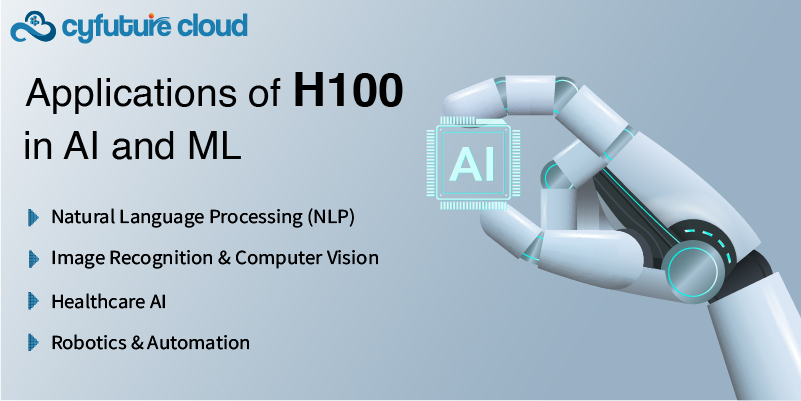
The H100’s advanced capabilities are making it an indispensable tool for a wide range of AI and machine learning applications. Here are a few ways the H100 is already shaping the future of AI:
- Natural Language Processing (NLP): With its Transformer Engine and faster precision, the H100 can efficiently train and deploy state-of-the-art language models that power everything from chatbots to real-time language translation services.
- Image Recognition and Computer Vision: AI-driven systems for object detection, facial recognition, and autonomous vehicles require enormous computational power. The H100’s speed and memory bandwidth allow these tasks to be completed faster and more accurately.
- Healthcare AI: Machine learning models used for drug discovery, medical image analysis, and personalized medicine can now be trained more efficiently, speeding up innovation and helping doctors make better-informed decisions faster.
- Robotics and Automation: AI cloud models used in robotics, such as those for autonomous vehicles or smart factories, can leverage the H100’s performance to process data in real-time, enabling smarter and more responsive systems.
Why Choose Cyfuture Cloud for AI and ML with the H100?

If you want to harness the power of the H100 for your AI and machine learning projects, Cyfuture Cloud is the perfect partner for you. Cyfuture Cloud offers cutting-edge GPU cloud solutions that provide access to the H100, along with other advanced GPUs, giving you the resources you need to scale your AI workloads.
Why choose Cyfuture Cloud for your AI needs?
- Access to Top-Tier Hardware: With Cyfuture Cloud, you can access the latest H100 GPUs and other powerful hardware without the need for expensive upfront investments in infrastructure.
- Scalable Solutions: Whether you’re running small ML models or training massive deep learning networks, Cyfuture Cloud provides scalable solutions that allow you to adjust resources based on your needs.
- Expert Support: Cyfuture Cloud offers expert guidance and support for AI and ML workloads. Whether you need help with model training or optimizing your cloud infrastructure, their team is there to assist you every step of the way.
- Cost-Effective Options: Get the performance you need at a cost-effective rate. Cyfuture Cloud’s pay-as-you-go model means you only pay for the resources you use, making it a flexible and affordable option for businesses of all sizes.
Conclusion
The NVIDIA H100 is set to shape the future of AI and machine learning by providing unprecedented performance, speed, and efficiency. Whether it’s training complex models, running inference tasks, or processing massive datasets, the H100 is changing the game for AI researchers and businesses alike.
If you’re looking to leverage the full potential of the H100 for your AI and ML projects, Cyfuture Cloud can help. With access to the latest GPU technology, scalable cloud solutions, and expert support, Cyfuture Cloud makes it easy to take your AI initiatives to the next level.
Start harnessing the power of H100 today with Cyfuture Cloud and accelerate your journey into the future of AI!
Recent Post

Stay Ahead of the Curve.
Join the Cloud Movement, today!
© Cyfuture, All rights reserved.
Send this to a friend

 Pricing
Calculator
Pricing
Calculator
 Power
Power
 Utilities
Utilities VMware
Private Cloud
VMware
Private Cloud VMware
on AWS
VMware
on AWS VMware
on Azure
VMware
on Azure Service
Level Agreement
Service
Level Agreement 